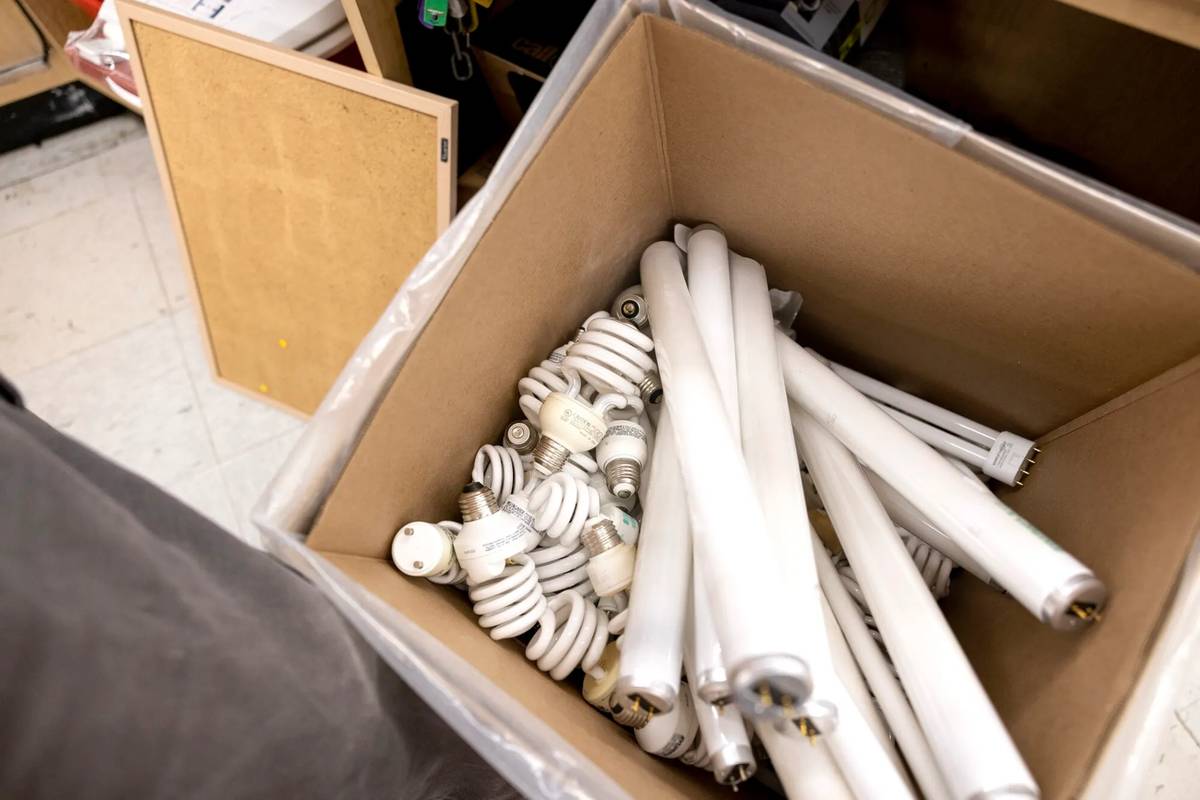In 2021, Roger Baro, representing the African region, emphasized the importance of lighting giant Signify’s support for phasing out mercury-containing fluorescent lamps through the Minamata Convention on Mercury COP4.
Progress was made during the COP4 negotiations, with governments unanimously agreeing to phase out compact fluorescent lamps by 2025. Now, the Africa Region, comprising 40 countries, is leading efforts to propose a new amendment to the Minamata Convention to be discussed at the fifth Conference of Parties (COP5) in 2023 in Geneva.
This amendment aims to end exemptions for all major categories of mercury-containing lighting, emphasizing the availability of LED alternatives.
The proposed amendment targets various general-illumination products, including compact fluorescent lamps (CFLs) that consume more than 30W and CFLs with a non-integrated ballast consuming less than or equivalent to 30W with a mercury content of 5mg and below.
It also covers linear fluorescent lamps utilizing tri-band phosphor and consuming 60W or more, as well as nonlinear fluorescent lamps like U-bend and circular forms using tri-band or halophosphate phosphor at all wattages.
Delaying the phase-out of linear fluorescent lamps has significant environmental and economic consequences. According to the Clean Lighting Coalition, a 2025 phase-out of linear fluorescent lamps alone would cumulatively avoid 3.3 Gt of CO2 emissions and save $1.34 trillion in electricity bills by 2050.
Further delays would dilute these benefits and lead to an additional 300 Mt of CO2 emissions annually.
While governments in the global north increasingly ban fluorescents, there’s a risk that exporters will target un- and under-regulated markets in Africa, exacerbating regional challenges such as high living costs, water scarcity, and strained energy grids.
The global shift to clean lighting, particularly LED technology, is essential for addressing climate change and achieving the 1.5°C benchmark outlined by the Intergovernmental Panel on Climate Change.
The lighting industry and industry associations must champion this transition and ensure the removal of fluorescent technologies from the commercial market without entering unregulated consumer streams.
In a world facing the devastating impacts of the climate crisis, a swift transition to clean lighting is vital to protect life and health worldwide. The article calls on readers and the global lighting community to join efforts in accelerating this clean lighting transition.





